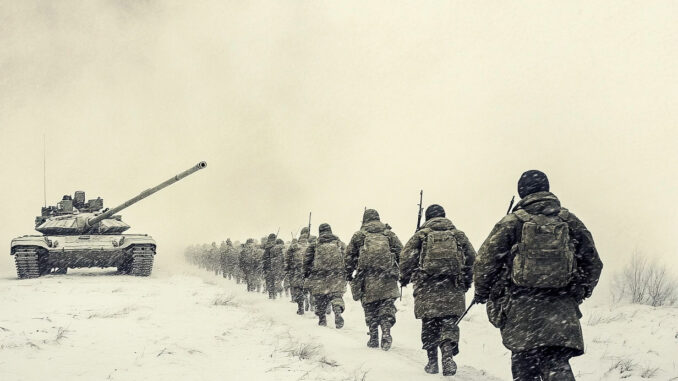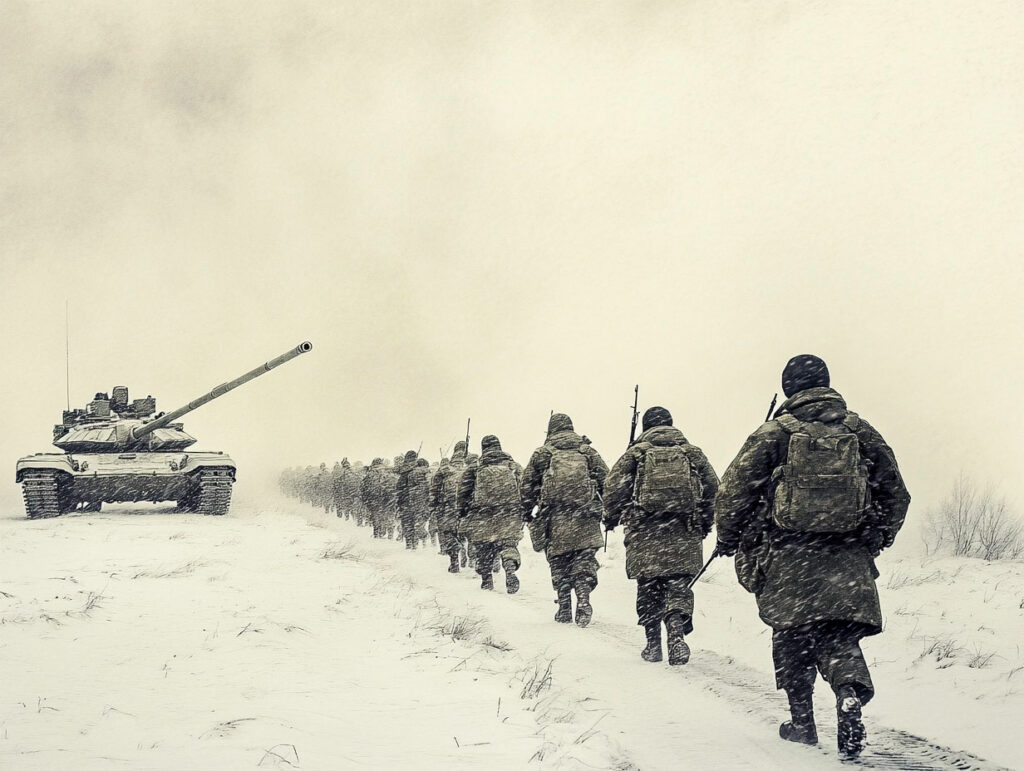
The advances of Russian forces in Ukraine are a cause for concern, highlighting major strategic issues and economic consequences.
Ukrainian defenses in the Donetsk region are buckling under the pressure of Russian forces, which have made significant advances in recent weeks. With the acquisition of more than 1,146 km² since August, Russia is attempting to capture Pokrovsk, a crucial logistical point. This offensive underlines the importance of increased mobilization of troops on both sides, and highlights major strategic and economic impacts for Ukraine and the region.
Analysis of the advance of Russian forces
Since the summer of 2024, Russian forces have stepped up their offensive in the Donetsk region. According to data from DeepState, an open-source intelligence source collaborating with the Ukrainian Ministry of Defense, Russia has captured more than 1,146 km², representing an advance of 25% over the first seven months of the year. This advance is concentrated on Pokrovsk, a logistics hub that could serve as a springboard for expanding operations towards Dnipropetrovsk and Zaporizhia.
Strategic consequences for Ukraine
The potential fall of Pokrovsk would mark a strategic turning point, threatening to cut off Ukrainian supply lines and weaken the defense of the entire eastern part of the country. Russian attempts to break through Kurakhov, supported by a mechanized column, reveal the intense pressure on Ukrainian brigades such as the 79th Airborne Brigade. The latter had to withstand sustained attacks involving the daily dispatch of columns of heavy equipment.
Reinforcements and losses
Ukraine has strengthened its defenses by mobilizing around 160,000 additional conscripts, bringing the mobilization rate to 85%. However, the effectiveness of this mobilization remains threatened by the lack of sufficient military support from its Western allies. Russia, for its part, is recruiting up to 30,000 soldiers a month, making up for heavy losses in personnel and equipment.
In addition, some 12,000 North Korean troops are believed to be in Russia, with 7,200 deployed in the Kursk region. This alliance strengthens Moscow’s ability to pursue large-scale operations.

Economic and logistical consequences
Continued fighting in eastern Ukraine is putting enormous economic pressure on both sides. Losses in equipment and personnel are affecting Russia’s ability to sustain prolonged operations. For Ukraine, the difficulty of mobilizing human and financial resources is compounded by the lack of sufficient logistical support from its partners. In 2024, Kiev received only 10% of the promised US aid, highlighting the impact of bureaucracy on the speed of strategic decisions.
Mobilization and international support
Ukrainian mobilization, already high with over 1 million conscripts since the introduction of martial law, is aimed at supporting territorial defense. However, Volodymyr Zelensky’s call for increased support highlights the gap between promises of aid and the reality of deliveries.
The situation could also change as winter approaches. Weather conditions, with rain and muddy terrain, are likely to complicate troop movements, making the capture of strategic points like Pokrovsk even more crucial for Russian forces.
War Wings Daily is an independant magazine.